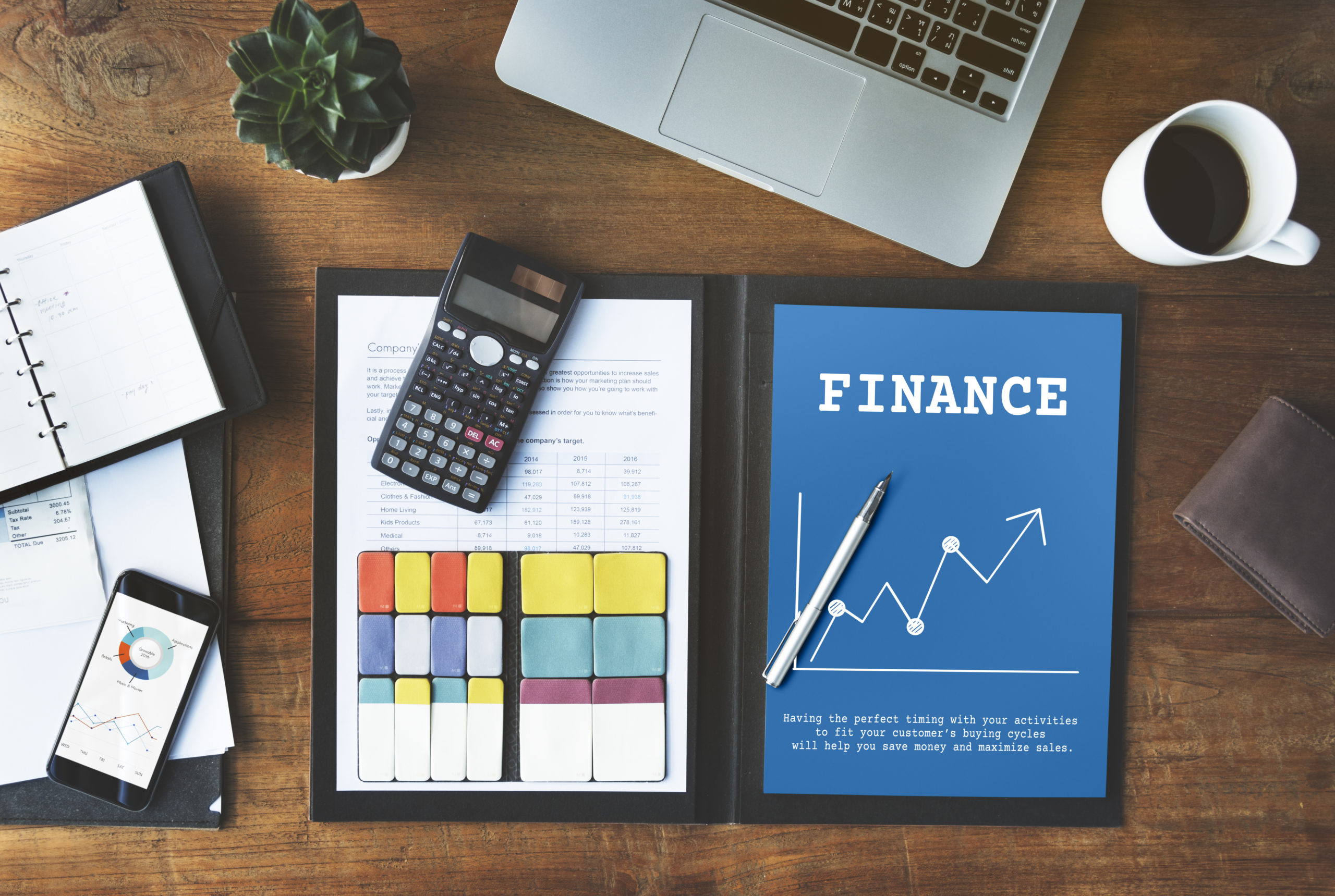The Customer Effect
Americans think financial literacy can help them cope with the cost of living
- Consumer prices are rising and the cost of everyday goods is expected to remain volatile.
- With the frequent ups and downs in the economy, consumers are starting to bank on financial literacy to help them weather the storm.





